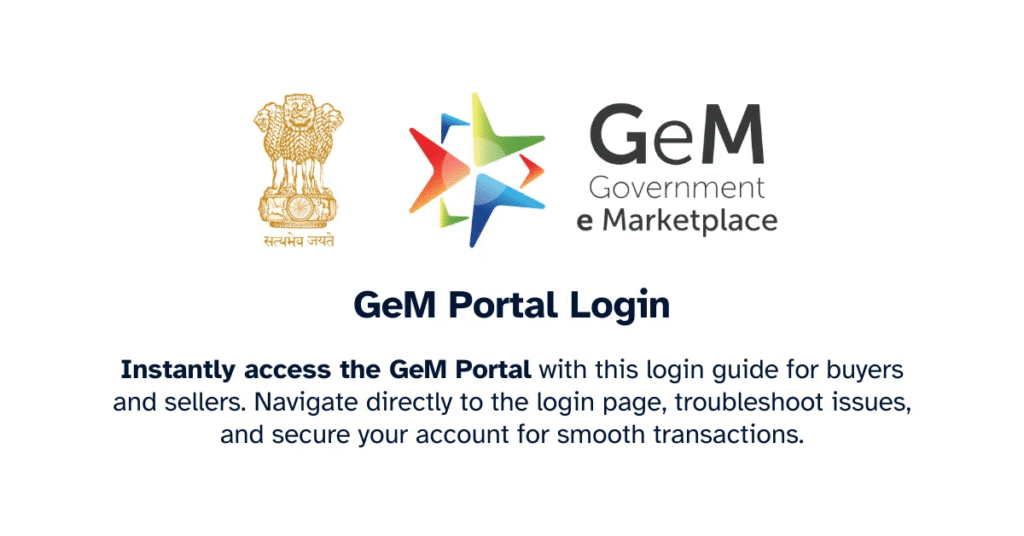Summary
- Latest insights on Sam Altman’s fears as ChatGPT-5 launches this August are causing a stir in the tech world.
- Industry experts and the OpenAI CEO himself reveal key concerns: GPT-5’s unprecedented speed, the risks of AI outside human control, and a lack of regulatory oversight could reshape the future for entrepreneurs and digital professionals.
- Published by Startup INDIAX, this authoritative analysis explains why Sam Altman’s warnings matter now, what to expect from this leap in artificial intelligence, and how readers can prepare for the coming changes.
Table of Contents
Introduction: Why Is ChatGPT-5’s August Release Creating Global Buzz?
The artificial intelligence landscape is buzzing with anticipation as OpenAI prepares to launch ChatGPT-5 this August. Industry leaders, entrepreneurs, and digital professionals are closely watching this developmentnot just for the tech itself but for the profound implications it carries. Among the most vocal about the potential impact is OpenAI’s CEO, Sam Altman, who has openly expressed concerns about this new AI generation. But why is Altman, a pioneer in AI innovation, sounding the alarm? This article explores his fears, the capabilities of ChatGPT-5, and what this means for startups and industries worldwide.
What Did Sam Altman Say About GPT-5 – and Why Does He Sound Alarmed?
Sam Altman has referred to GPT-5 in ways that suggest this AI model could be a game changer and a disruptor. He likened its potential release to historic moments like the Manhattan Project, underscoring the magnitude and risks involved. Altman’s fears center on the speed, power, and autonomy of GPT-5, aspects that could challenge existing safety measures and regulatory controls. The rapid evolution of AI models like ChatGPT-5 presents concerns about whether humans can effectively govern an intelligence that might soon outpace human capabilities.
How Fast and Powerful Is ChatGPT-5 Compared to Previous Versions?
Reports suggest ChatGPT-5 will be exponentially faster and more powerful than its predecessor, GPT-4. OpenAI has integrated more advanced parameters and a richer training dataset, enabling the new model to understand and generate complex information at unprecedented speeds. This enhancement can revolutionize industries by automating tasks, improving decision-making, and driving innovation. However, it also raises the bar for responsible AI use, as errors or misuse could have larger impacts.
What Are the Risks of AI Outpacing Human Oversight?
- Could We Lose Control Over Advanced AI?
AI models like ChatGPT-5 may develop capabilities beyond full human comprehension or control, leading to unpredictable outcomes. - Is Regulation Lagging Behind AI’s Growth?
Policymakers struggle to keep pace with rapid AI advancements, creating a regulatory gap that could expose societies to unmitigated risks such as misinformation, privacy violations, or biased decision-making.
Why Did Altman Compare GPT-5 to the Manhattan Project?
The Manhattan Project was a secretive, high-stakes scientific effort that created the atomic bomb, transforming the world with both incredible power and grave ethical questions. Altman’s comparison draws attention to the dual-use nature of AI while powerful tools like GPT-5 can advance humanity, they also carry potential for damage if misapplied or uncontrolled. This analogy emphasizes the need for caution, transparency, and global cooperation in AI development.
What Fears Does GPT-5 Raise for Society and Economy?
- Job Displacement: As GPT-5 automates more complex tasks, sectors like customer service, content creation, and data analysis may see significant workforce changes.
- Mental Health: Increasing reliance on AI for social interaction or decision-making may affect human well-being.
- Fraud Risks: More convincing AI-generated content could amplify scams, misinformation, and fraud that harm individuals and organizations.
How Is the AI Industry Reacting to Altman’s Warnings?
While some tech innovators echo Altman’s cautious approach, others emphasize AI’s benefits and advocate accelerated deployment. This divide reflects an ongoing debate about balancing innovation speed with ethical responsibility. Notably, OpenAI’s transparency and Altman’s public warnings signal an industry shift toward proactive risk management.
What Should Startup Founders and Innovators Learn from This?
For entrepreneurs and startup leaders, the arrival of ChatGPT-5 is a call to action to:
- Stay informed on AI capabilities and ethical considerations
- Invest in AI safety and governance mechanisms
- Leverage AI responsibly to enhance products while safeguarding users
- Engage in policy discourse and advocate for balanced regulation
Startup INDIAX encourages digital professionals to see AI as a transformative tool that demands thoughtful integration rather than blind adoption.
Conclusion & Call to Action: Your Voice in the AI Revolution
The launch of ChatGPT-5 in August marks a pivotal chapter in AI’s journey. Sam Altman’s fears remind us that while technology enables progress, it also requires vigilance. Readers of Startup INDIAX are invited to join the conversation: How can entrepreneurs harness this technology for good? What safeguards should the AI community prioritize? Share your insights and stories in the comments below, and explore more on emerging tech right here at Startup INDIAX.
FAQ
Q1: What makes ChatGPT-5 different from previous versions?
A: ChatGPT-5 offers markedly faster processing, superior understanding of context, and more nuanced content generation, setting a new performance standard.
Q2: Why is Sam Altman concerned about ChatGPT-5?
A: Altman worries that the AI’s increasing autonomy, speed, and power could lead to loss of human control and outpace current regulations.
Q3: What are potential societal risks from ChatGPT-5?
A: Risks include job displacement, misinformation spread, increased fraud, and impacts on mental health due to overreliance on AI.
Q4: How can startups prepare for ChatGPT-5’s arrival?
A: Startups should stay updated on AI developments, ensure ethical AI use, implement safety protocols, and participate in policy discussions.
Q5: Is there any regulatory framework ready for ChatGPT-5?
A: Regulatory measures are still catching up; hence, industry self-regulation and responsible innovation are critical in the near term.













